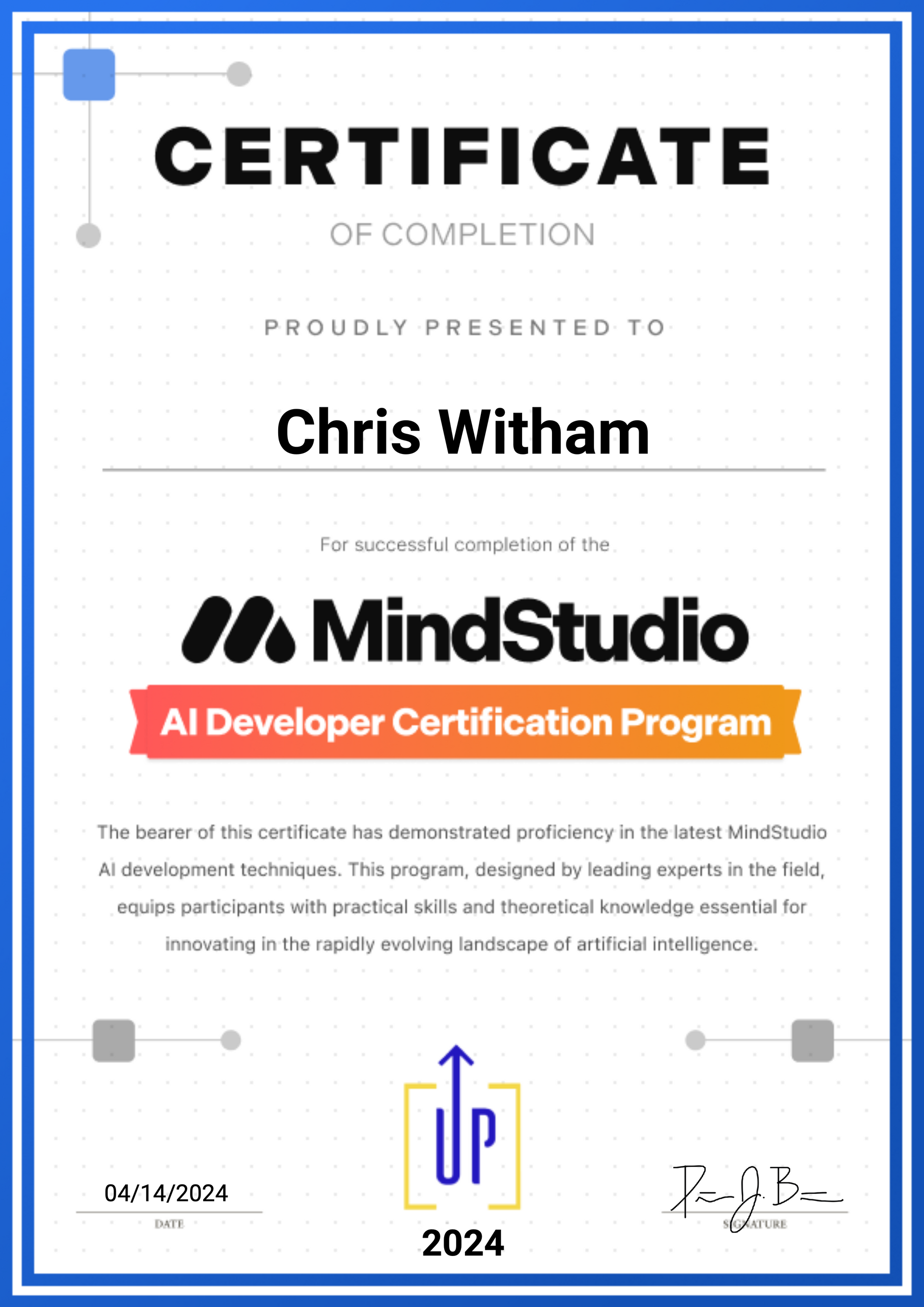Have questions? Contact Chris today for a chat about how we can help you
AI for Breakfast
Post 167 - AI Revolutionises quality control: How visual inspection is transforming manufacturing
In today's fast-paced manufacturing world, quality control is more critical than ever. As products become increasingly complex and consumer expectations rise, traditional manual inspection methods are struggling to keep up. Enter artificial intelligence (AI) and its game-changing application in visual inspection. This innovative technology is not just enhancing quality control; it's revolutionizing it.
AI-powered visual inspection systems are designed to detect product defects and quality issues with a level of accuracy and consistency that surpasses human capabilities. By leveraging advanced computer vision and deep learning algorithms, these systems can analyze images and identify even the tiniest imperfections in real-time, often catching issues that the human eye might miss.
The benefits of implementing AI in quality control are numerous and significant:
1. Improved accuracy: AI systems can detect defects with incredible precision, reducing the risk of faulty products reaching customers.
2. Increased efficiency:
Automated inspections are faster than manual checks, allowing for higher production speeds without compromising quality.
3. Consistency: Unlike human inspectors who may tire or become distracted, AI systems maintain consistent performance 24/7.
4. Cost reduction: By minimizing errors and reducing the need for manual labor, AI can significantly cut quality control costs.
5. Data-driven insights: AI systems can analyse patterns in defects, providing valuable insights for process improvement.
Real-world applications of AI in quality control are already showing impressive results. In the automotive industry, AI is being used to inspect robot-welded seams, ensuring the structural integrity of vehicles. In electronics manufacturing, AI systems simultaneously inspect dozens of components on printed circuit boards, detecting missing, misplaced, or damaged parts with remarkable accuracy.
However, implementing AI in quality control is not without challenges. It requires significant upfront investment in technology and expertise. There's also the need for large, accurately labeled datasets to train the AI models effectively. Moreover, as with any AI system, there's an ongoing requirement for monitoring and fine-tuning to ensure optimal performance.
Looking to the future, the potential of AI in quality control is immense. As algorithms become more sophisticated and hardware more powerful, we can expect even greater accuracy and capabilities. Integration with other emerging technologies like the Internet of Things (IoT) and 5G networks will enable real-time, data-driven decision-making across entire production ecosystems.
In conclusion, AI-powered visual inspection is transforming quality control in manufacturing, offering unprecedented levels of accuracy, efficiency, and insight. As this technology continues to evolve, it will play an increasingly crucial role in ensuring product quality, reducing costs, and driving innovation in the manufacturing sector. For companies looking to stay competitive in the global marketplace, embracing AI in quality control is not just an option — it's becoming a necessity.
Citations:
[1] https://cloud.google.com/blog/products/ai-machine-learning/improve-manufacturing-quality-control-with-visual-inspection-ai
[2] https://landing.ai/case-studies/redefining-quality-control-with-ai-powered-visual-inspection-for-manufacturing
[3] https://mobidev.biz/blog/building-ai-visual-inspection-system-for-defect-detection-in-manufacturing
[4] https://cloud.google.com/solutions/visual-inspection-ai
[5] https://www.techtarget.com/searcherp/tip/AI-use-cases-for-quality-control-in-manufacturing
[6] https://micro.ai/resources/ai-enabled-defect-detection-solutions-in-manufacturing
LucidSynergy Ltd.,
7 Forbes Business Centre
Kempson Way
Bury St Edmunds
Suffolk
IP32 7AR
Occasional Newsletters
We will get back to you as soon as possible
Please try again later
© 2025 LucidSynergy Ltd. Registered in England and Wales No.7080913.








